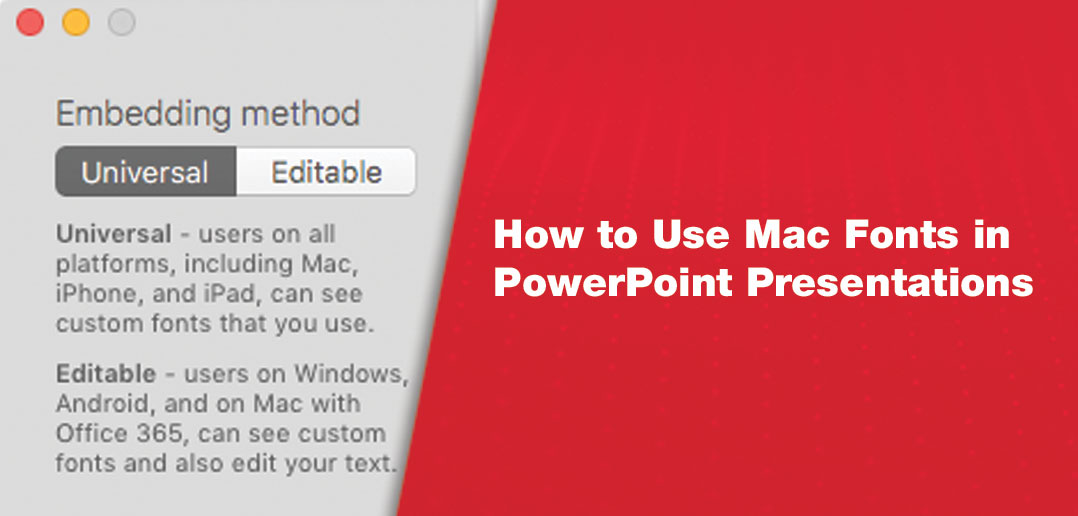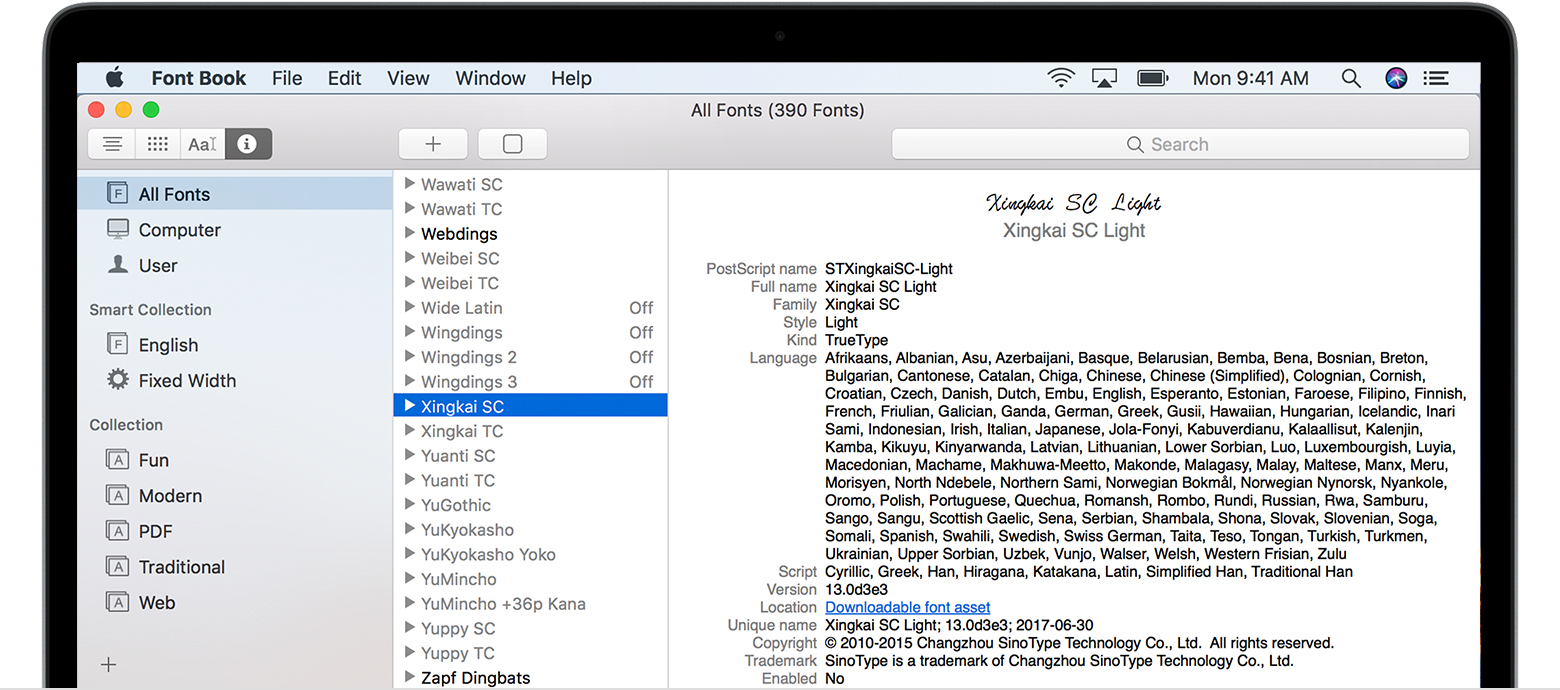

These take precedence over other fonts however, a program can install a font in the global font folder that is the same as one in the system’s font folder, and result in a font conflict. The system folder contains core fonts that Apple provides and which are required in unaltered states for OS X to run. These two library folders contain settings and resources that apply to the entire system and all users. In most cases, font conflicts occur because someone installed a duplicate of the exact same font, so one resides in a system library such as the system’s font folder (Macintosh HD > System > Library > Fonts), or the global font folder (Macintosh HD > Library > Fonts). In these cases, the system or application will use the first one it identifies, which may be the improper one and cause visual conflicts.įont conflicts and damaged fonts can cause a document to display garbled text (click image for larger view). However, if a font from a third-party with the name “Monaco,” or perhaps a modified version of Monaco is installed, then the system will identify two of the same type and not know which to use. For instance, the system’s internal font Monaco has a specific look and character layout for use with the system, and many programs rely on this font in this manner.

Font Conflictsįont conflicts occur when two fonts of different type faces (or perhaps even more subtle difference) have the same internal name. When added and activated, they load into memory and are associated to programs by the system so programs can make use of them and show information about them.Īs a result, should a font be damaged, or perhaps conflict with another font, then not only might it lead to improper characters being used, or alignments being off in documents, but also crashes and hangs for programs that access these fonts. Fonts are not just files, but rather system plug-ins, similar in ways to an extension or add-on application.


 0 kommentar(er)
0 kommentar(er)
